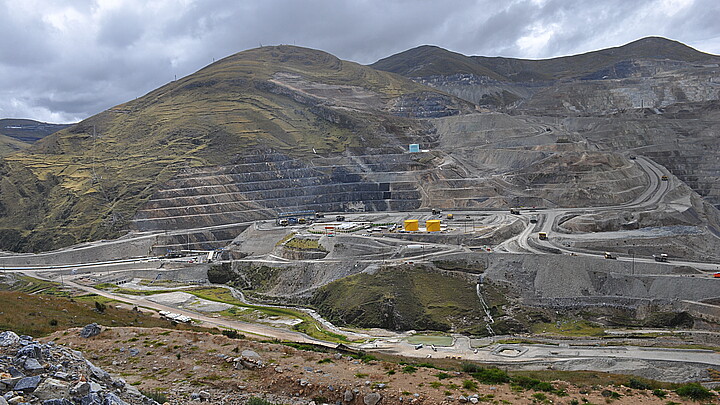Business
Peru's annual inflation hit a 24-year high in April amid calls for socialist President Castillo to step down
Only 19% of the population supports the former schoolteacher and trade unionist who won the presidency under a “Marxist-Leninist” banner in June of 2021
May 2, 2022 1:35pm
Updated: May 2, 2022 1:36pm
Peruvian officials announced on Sunday that the Andean country’s inflation rate hit 7.96% in April, reaching the highest level in 24 years.
In a report released by Peru’s INEI statistics institute, data showed that the 12-month inflation rate was at its highest since May 1998. Monthly inflation, however, dropped from 1.48% (the highest monthly figure in 26 years) in March to 0.96% in April, Infobae reported.
According to a Bloomberg report, Peru’s central bank has been steadily raising the country’s benchmark interest this year in an attempt to combat rampant inflation which has caused mass protests to break out across the country. In early April, the bank hiked rates by 50 basis points to 4.5%, the highest rate since 2009.
Over the weekend, Peruvian officials also revised economic projections for 2022, cutting the expected growth outlook from 4.8% to 3.6%.
Last month, Peruvians took to the streets to protest as fuel and fertilizer prices reached historic highs – prompting Leftist President Pedro Castillo imposed a curfew in Peru’s capital, Lima and to declare a state of emergency along the nation’s highways.
Although Castillo once enjoyed wide support among Peru’s rural poor, his support has evaporated in the 9 months since he took office.
According to a recent Datum poll, only 19% of the population supports the former schoolteacher and trade unionist who won the presidency under a “Marxist-Leninist” banner in June of 2021.
In Peru’s capital region, 85% of those polled said they disapprove of Castillo – while disapproval stood at 79% in the country’s eastern region, 77% in the center and 62% in the south, La Republica reported.
Furthermore, 77% percent of women disagree with Castillo's government, while 74% of male respondents disapprove. Similarly, there is evidence to suggest that disapproval of the president exceeds 70% across all socioeconomic sectors.
But Castillo’s cabinet – which has suffered several reshuffles in recent months – also faired poorly in the survey.
Prime Minister Aníbal Torres Vázquez currently holds a 62% disapproval rating after only two months as head of the Council of Ministers – a higher figure than his predecessors Guido Bellido (51% disapproval) and Mirtha Vasquez (58% disapproval.)
As an expression of the political crisis and the distrust of Peruvians in the authorities, Datum also found that 82% of the population disapproves of the work of the Peru’s Congress.
Peruvians have long been divided with regards to Castillo’s socialist regime, but protests driven by rising fuel and food prices further angered voters who have, in recent months, called for Castillo to step down and call for new general elections.
While in office, he has survived two impeachment attempts and been forced to reshuffle his cabinet countless times.
Peruvians took to the streets on Monday after Russia’s invasion of Ukraine pushed fuel and fertilizer prices to record high levels.







